GM Kidambi analyzes the complex Aronian - Dubov endgame
At the recently concluded World Cup 2017 in Tbilisi, Georgia, Levon Aronian faced Daniil Dubov in the fourth round. The players reached a technical endgame with Aronian having a rook against Dubov's bishop. Many sources analyzed this endgame with the help of engines and showed us where Aronian could have won much more easily and where Dubov could have drawn. However, going over this engine analysis doesn't really help us to improve our understanding of the game. GM Sundararajan Kidambi was keen on learning this endgame in depth and he takes us on a journey where he speaks about how slowly and steadily he was able to uncover one layer after another. It's a tale of three endgames and it's high quality stuff.
A tale of three endgames!
"Those who say they understand Chess, understand nothing"- Robert Huebner
The recently concluded World Cup brought a lot of joy to the spectators in the form of dramatic and captivating games. One such game was Levon Aronian against Daniil Dubov. The endgame that arose with a rook and pawn versus a bishop and pawn looked rather simple. But as the game went on it was not at all clear whether the position was a fortress or white had a way to breach it. While discussing the game with my friends GM Vishnu Prasanna and later with IM P. Konguvel, I came to understand how complex the position actually was and how little I understood when taking a casual look at the position. My special thanks to Vishnu for inspiring me to take a deeper look and write about it rather than being lazy and to Konguvel for pointing out Dvoretsky's analysis and sharing his thoughts. Here are my findings about the Aronian's endgame.
Aronian vs Dubov. 2nd game of the 4th round

While watching this endgame live, I had the feeling that the plan played by Dubov was most natural and if there was a fortress it should be in the position with black's bishop on the b1-h7 diagonal. But later after some analysis, I realised this was very far from the truth! The 2 endgames analyzed by Dvoretsky in his Endgame Manual give good clarity about this endgame.Basically, there are three scenarios for white. His pawn on g2, g3 or g4. In all cases, it is actually better for black to maintain his bishop on the c8-h3 diagonal rather than b1-h7 diagonal in order to fight for a draw. Also, he should not just stay passive, but try to create counterplay by attacking White's pawn while White tries to get his king into Black's territory.
After some manoeuvring, the following position was reached with Black to play.
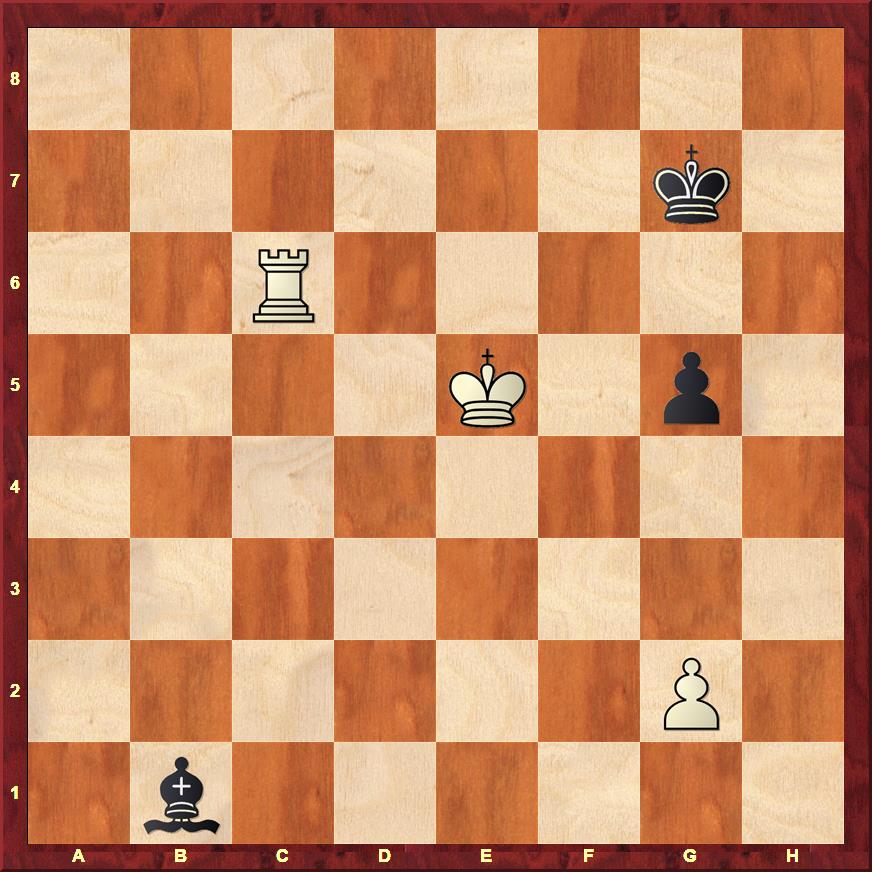
Here White could have won simply with 55.Rc7+ Kg6 56.g4! Bd3 57.Rc3 Bb1 58.Rb3 Bc2 59. Rb2 Bd3 60. Kd4!
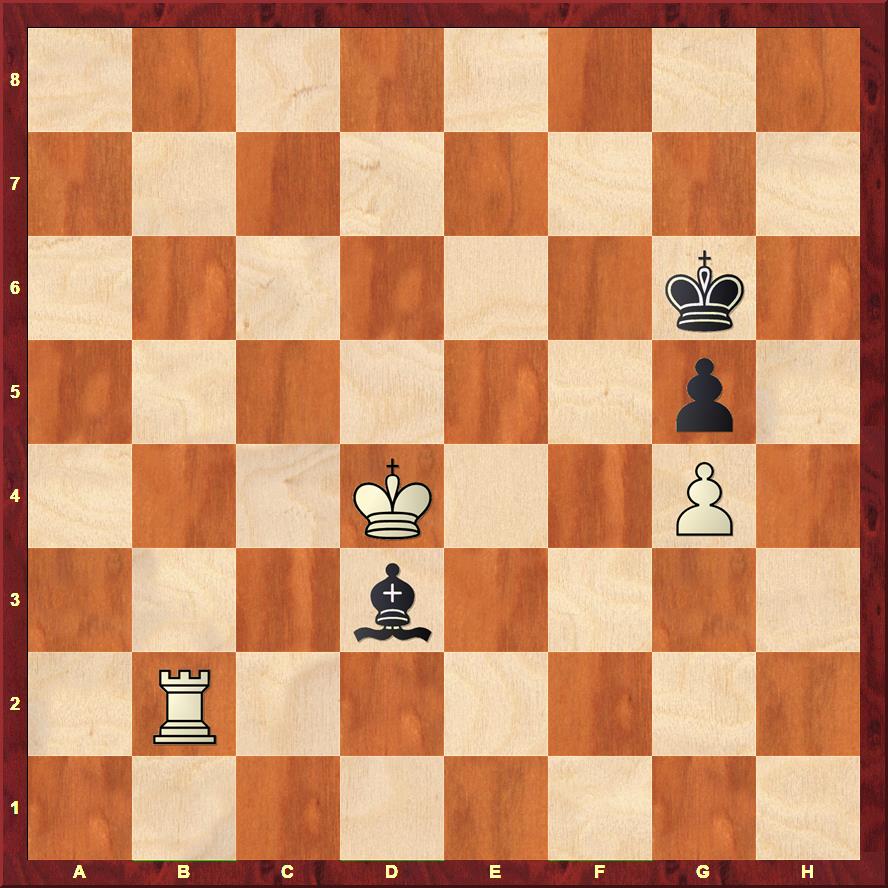
This (above diagram) is a key zugzwang position. It would be a good idea to know that White is aiming for such a position. This was shown to me GM Vishnu Prasanna while watching the game online. He admitted the idea of this Zugzwang was found by his wife who is a doctor (and chess player) - N. Raghavi.
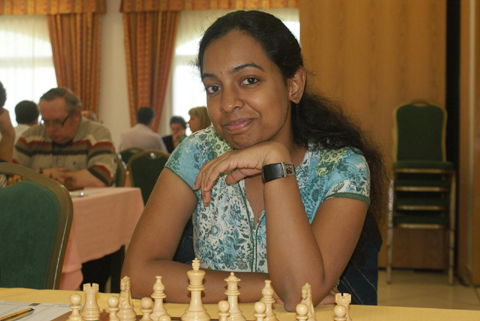
The next critical moment in the game was reached after Black's 72nd move. On his 73rd move, White chose g2-g3. But it turns out that it was a big mistake letting Black draw the game!
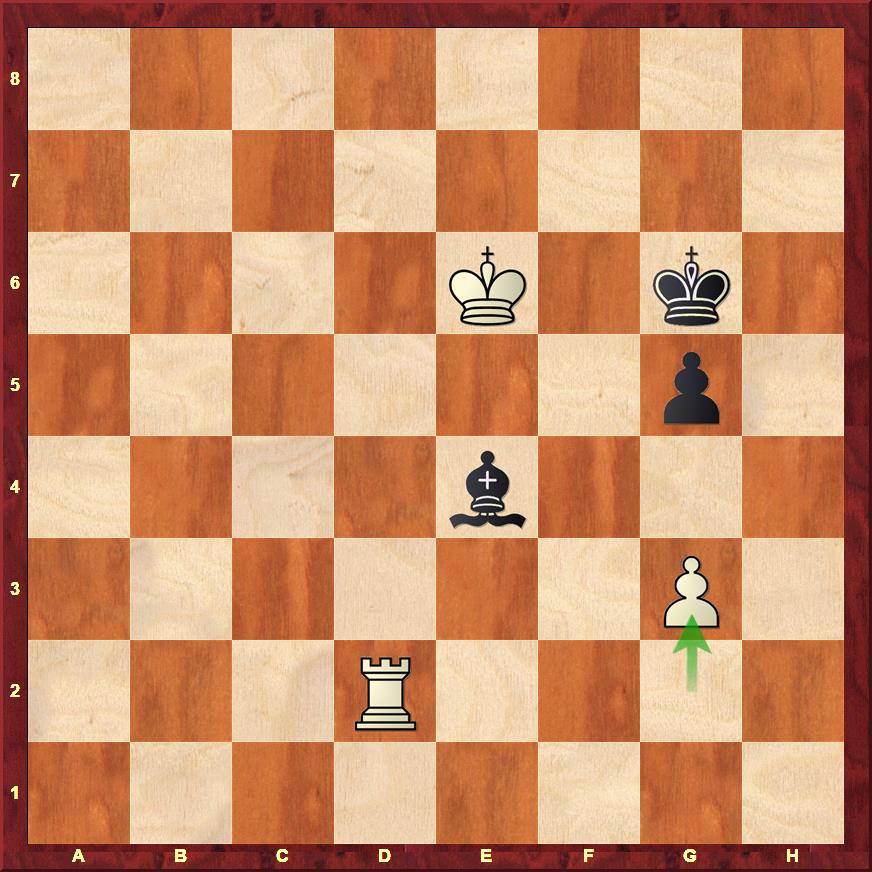
Here Black could have drawn the game with 73...Bf5+ and maintaining his Bishop on the c8-h3 diagonal. A similar position has been analysed by Dvoretsky in his Endgame Manual. To understand this position I give below Dvoretsky's analysis of his game against Chistiakov.
If you went through the above analysis you would realize that keeping the bishop on c8-h3 diagonal and the black king on h5 would have given Dubov the draw.

This is the next critical moment in the game. Here instead of playing 76....Kg7, Dubov could have played 76.... Kf5! Black should use his king actively and aim to attack the pawn on g3 as in Dvoretsky's game.
Here I would like to digress and show the game Rubinstein-Tartakower analysed by Dvoretsky which is also very important to understand similar endgame. This time the pawn has moved to g4/g5.

In such positions, the bishop keeps an eye on the pawn and when the black king takes too much liberty and tries to enter from the back, the bishop sacrifices itself for the pawn and draws the game.

Here again Black could have drawn with 82....Be4 83.Rf2+ Kg6 84 g4 (stopping Kh5) Bd5+ 85. Kf8 Be6 86.Rg2 Kf6 is a draw. Of course, things are already very tricky here.
Later on the 90th move, White achieved the following won position:
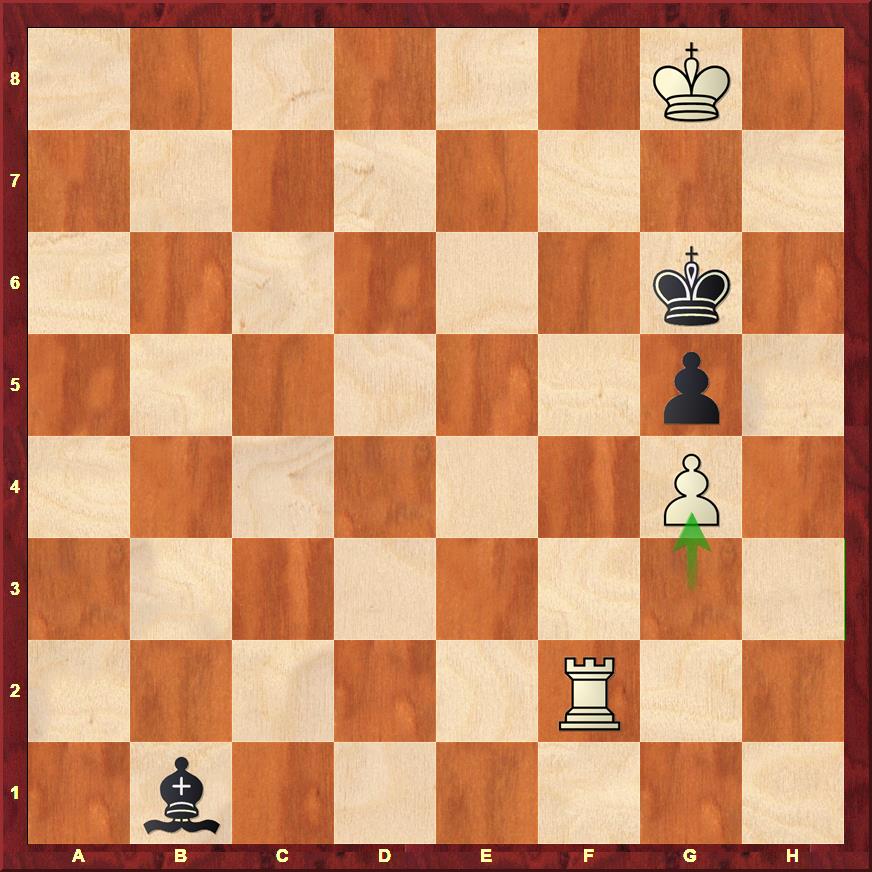
I have merely touched upon a few critical moments from this fascinating endgame. For a detailed move by move analysis of this endgame check out my full comments on the replayable board below. I do not intend this to be a final word by any means. Instead, I would ask the interested readers to delve deeper into this and similar endgames to discover their pearls of wisdom.
Detailed analysis by GM Kidambi
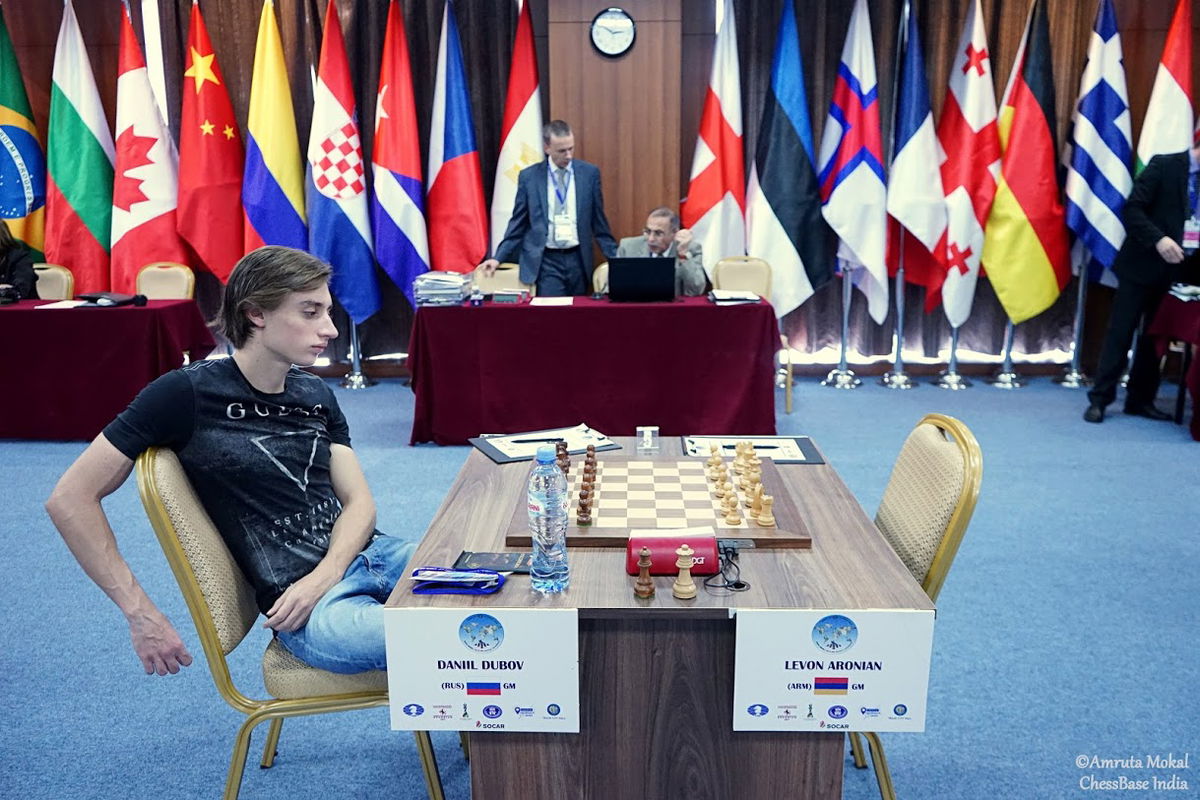

As Aronian was winning, Amruta Mokal made her way to the playing hall and captured the entire video of the last moments of the game:
About the author

A serious student of the game of chess GM Sundararajan Kidambi doesn't use a chess engine for his analysis. In a world which thrives on computer analysis, Kidambi takes a holistic approach and makes use of his mind to analyze positions (like the one above) and annotate games. He is considered in the Indian chess circuit as the player with excellent knowledge of classical games.

Kidambi recently launched his own chess blog named Musings on chess and this article was originally published there. Visit Kidambi's excellent blog.
Previous articles on ChessBase India by Kidambi
Chess as an Art by Sundararajan Kidambi (1/2)
Chess as an Art by Sundararajan Kidambi (2/2)

